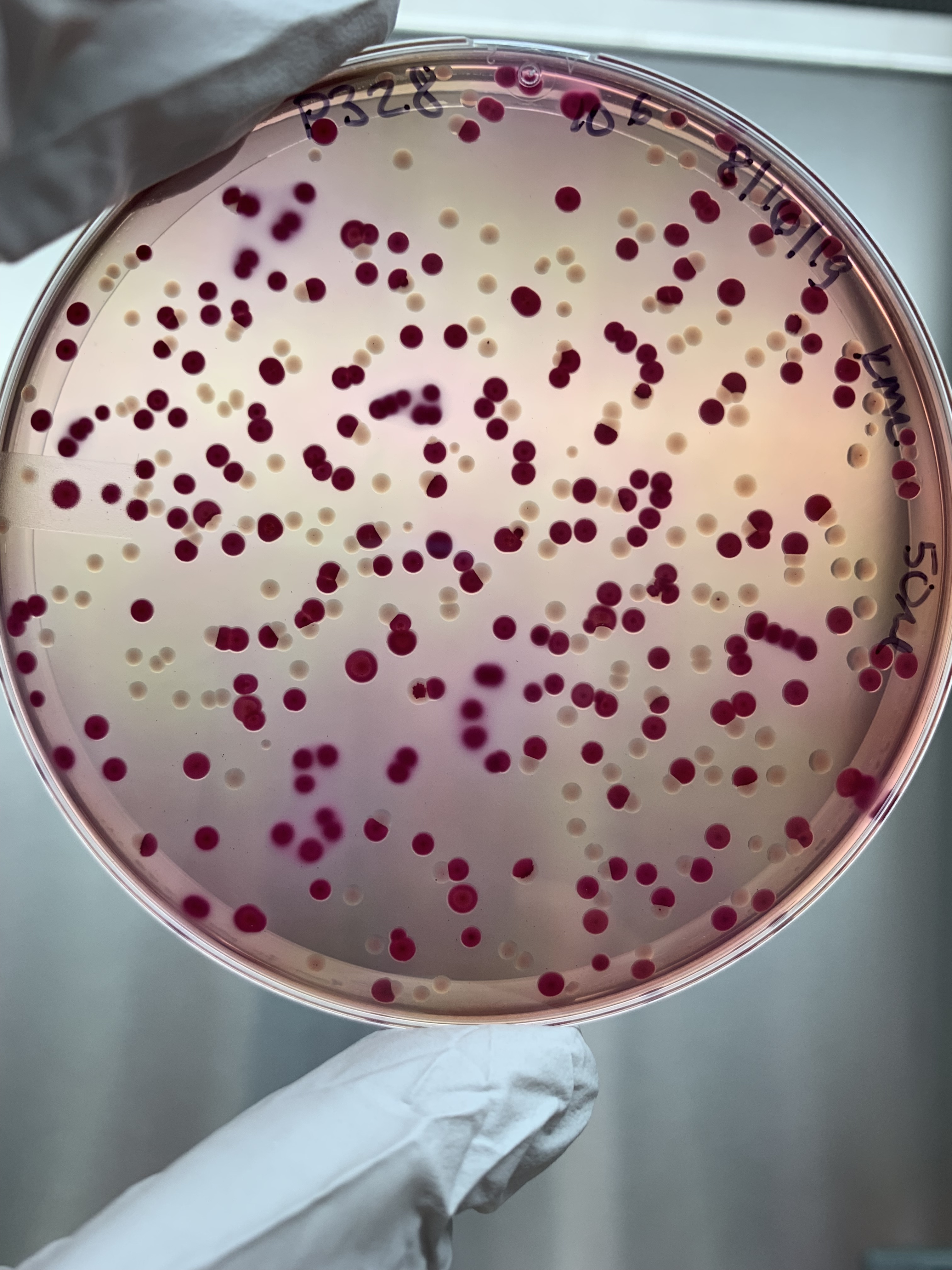Investigating the wild side of E. coli at Jasper Ridge

Summary
Escherichia coli is a common resident of most vertebrate guts, including humans. It assists with vitamin production and prevents colonization of harmful bacteria. But E. coli can also make us sick. Frequently appearing in the news as the culprit of food contamination outbreaks, pathogenic E. coli is responsible for the loss of millions of dollars in recalled produce and meat, and results in hundreds of thousands of illnesses each year. Preliminary studies suggest that most mammals and birds host E. coli, implying that wildlife might also act as a reservoir for pathogenic E. coli. Though E. coli has been well-studied in laboratory settings, very little is known about its genetic diversity, geographic or host distribution in wild animals.
To assess these features of E. coli in wild animals at Jasper Ridge, fecal samples are being collected across the preserve from bobcat, puma, coyote, fox, turkey and deer. Analysis of the genetic diversity and distribution of E. coli harbored by these species will also provide insight into the level of human impact on the preserve and potentially aid in efforts to identify contamination sources in agricultural settings.
The image above has photographs of scat from Jasper Ridge (taken by Jordana Meyer) which have been cultured on petri dishes of MacConkey agar, which is selective for gram negative enteric bacteria (photographs by Kate Lagerstrom). The plates are also differential, as bacterial colonies capable of fermenting lactose appear red while those that can't ferment lactose look clear to cream-colored. Putative E. coli isolates (those that turn red on this media) are further genetically analyzed for possession of a gene specific to E. coli to confirm its identity.
It has been suggested that wild animals could potentially serve as “melting pots” for the creation of new harmful strains of E. coli via the transfer between bacteria of genetic content conferring the ability to resist commonly prescribed antibiotics. Future work will investigate the prevalence of pathogenic and antibiotic-resistant E. coli in these wild animals, and whether such E. coli might be transmitted between hosts.
Project Location (Sectors 12, 13, 14, 15, 20, 21, 22, 23, 24, 25, 29, 30, 31, 32, 33, 34, 35, 36, 39, 40, 41, 42, 43, 44, 49, 50)
 |  |  |  |  |  |  |  |  |
 |  |  |  |  |  |  |  |  |
 |  |  |  |  |  |  |  |  |
 |  |  |  |  |  |  |  |  |
 |  |  |  |  |  |  |  |  |
 |  |  |  |  |  |  |  |  |





